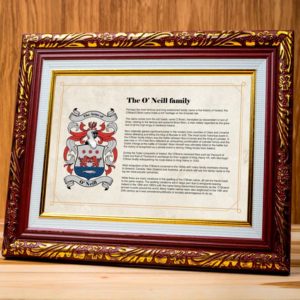According to the World Health Organisation (WHO), anxiety disorders are the most prevalent mental disorders worldwide. But what exactly is anxiety, what are the common signs and what are the different types of anxiety disorders?
What is anxiety?
Anxiety is often described as a feeling of unease, dread or fear. It can vary in severity from mild to debilitating. It is actually a natural response to actual or perceived threats or extreme pressure.
Common signs of anxiety
There are both visible and invisible signs of anxiety and it can be well-hidden. The symptoms can also vary significantly from person to person.
Classic physical symptoms include:
– Sweating
– Nausea and vomiting
– Heart palpitations or a racing heart
– Shortness of breath
– Muscle tension
If you are interested in learning more about anxiety and how to deal with it, contact a provider of mental health training courses Newport, such as www.tidaltraining.co.uk/mental-health-training-courses/newport, for more information.
Different Anxiety Disorders
Anxiety disorders tend to be covered by the following five different categories:
Generalised anxiety disorders are where the anxiety is constant and is not triggered by a particular cause. Some have described it as feeling constantly “on edge”.
Phobias are when anxiety peaks in response to certain triggers. Examples include encountering small or crowded spaces, leaving the house, or encountering a spider.
Panic disorders can be mild or severe and can lead to panic attacks. These can mimic the signs of a heart attack such as shortness of breath and chest pains or palpitations.
Obsessive-compulsive disorders are where there is anxiety and negative or intrusive thoughts around certain fears which can only be satisfied by repeatedly performing certain routines. The classic example is a fear of germs which can only be relieved by constant hand-washing and/or cleaning.
In post-traumatic stress disorder (PTSD), anxiety is triggered when something reminds a person of a past traumatic experience. It can feel like being back there. PTSD can also cause panic attacks and sleep problems.




